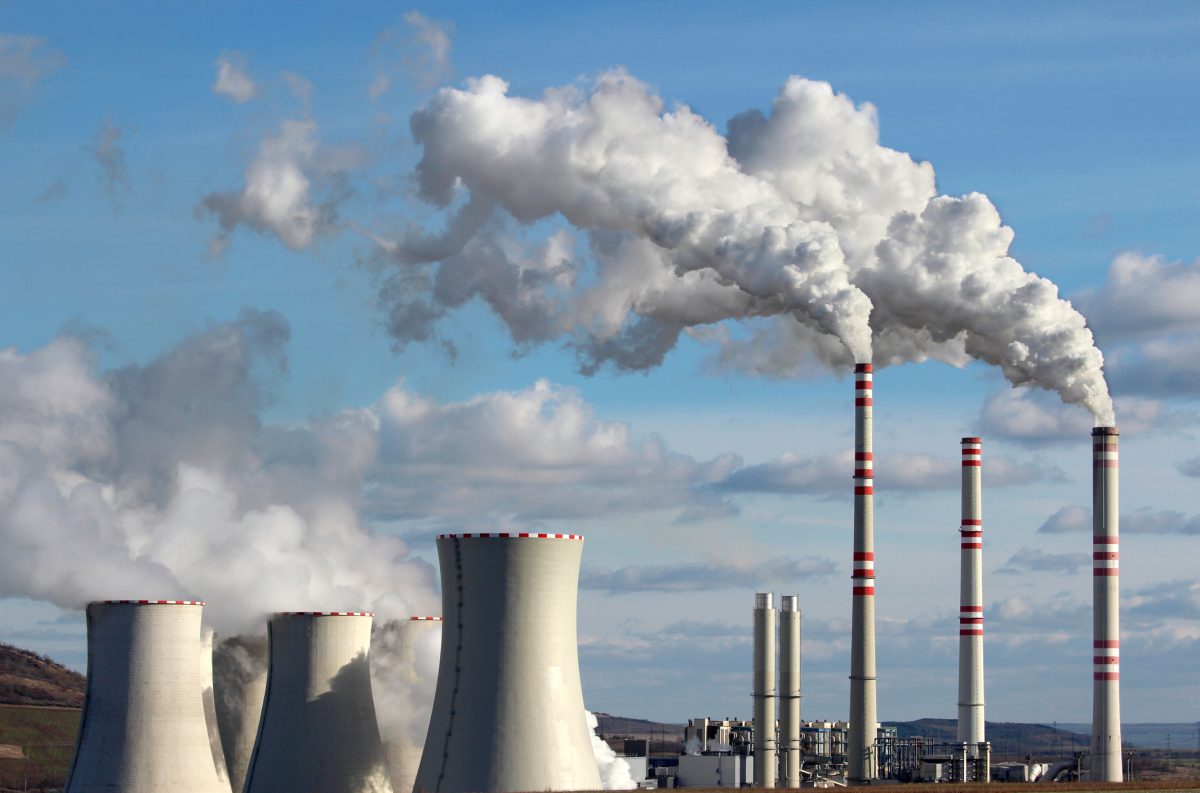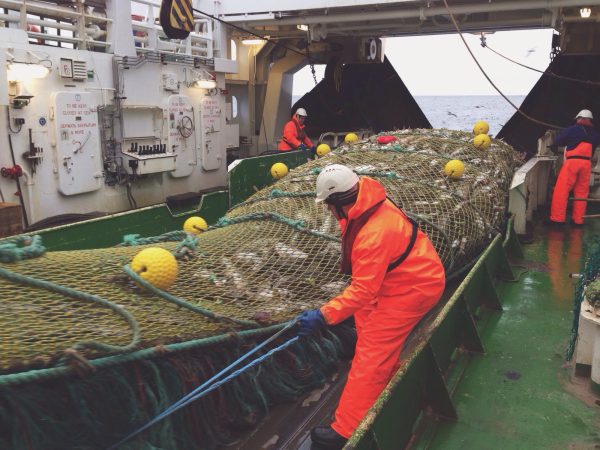
Environmental markets for power plants, also known as cap-and-trade programs, use tradeable emission permits to keep air pollutants in the regulated region below a predetermined threshold. Credit: Kodym|Dreamstime.com
Economic markets based on supply and demand exist at all scales: from neighborhood garage sales to online vacation rentals and the regional, national or international management of pollution. Examples of these environmental markets include the 1990 United States Acid Rain Program for sulfur dioxide emissions and the 2005 EU Emissions Trading System (ETS), the world’s first major carbon market for power plant emissions (and still its largest).
These emissions markets, or cap-and-trade programs, are based on a simple premise: Government regulators determined an overall acceptable limit (“cap”) for sulfur dioxide in 1990 and for carbon dioxide in 2005. They distributed initial free allowances for fixed emission amounts to all power plants. Plant operators could then buy and sell (“trade”) permits on the environmental market for prices determined by supply and demand. This provided incentives to cut emissions in cost-effective ways and sell excess permits to those that needed them. Today’s emission reduction options include the installation of carbon capture-and-storage technology and the replacement of gas-powered turbines with windmills.
All this sounds good in theory—but associate professor Corbett Grainger has studied a new problem that didn’t exist when these markets first emerged. “Environmental markets have now become familiar and popular, which has created anticipation,” says Grainger. “When it’s no longer possible to surprise market participants, they change their behavior to increase the number of allocations they will receive when the market kicks in.”
This “race to allocations” happens when permits are distributed in proportion to historical use, a rule known as grandfathering: The more you have emitted in the past relative to other participants, the more permits you will get. But that pre-launch racing behavior tends to make the situation worse before it gets better.
That’s why Grainger and his University of California, Santa Barbara-based colleague, Christopher Costello, proposed flipping the rule. They aptly named this reverse grandfathering. “Instead of rewarding historical emissions with free permits and having to dig yourself out of a bigger hole, the regulator gives everyone the same fixed number of permits to begin with and then takes them away based on past emissions,” explains Grainger. “That means those who have contributed the most to the environmental problem we are trying to solve get the fewest permits.”
In a nutshell, grandfathering rewards excessive historical use while reverse grandfathering rewards prudence. This makes intuitive sense, but to prove the value of reverse grandfathering to their economist colleagues, Grainger and Costello had to show them the numbers.
They developed a mathematical model to compare grandfathering, reverse grandfathering and two other strategies: a theoretically optimal rule (impossible to implement in practice) and a strategy that assumes no anticipation and has firms bidding for permits in an auction. (Since auctions are unpopular for environmental markets, firms may boycott them, making the rule difficult to implement.) When the researchers defined equilibrium as firms reaching their maximum possible profit under market compliance, they found that reverse grandfathering reached that point much faster than grandfathering.
The consequences of grandfathering can be especially dire for “stock problems,” which include carbon emissions and fisheries that are regulated by tradeable harvest rights. In this case, the damage accumulates over a long period of time and the race to allocations during the anticipation period exacerbates it.

For example, stopping carbon emissions today would not take us back to preindustrial times since too much carbon has already built up in the atmosphere. Similarly, it takes a while for populations heavily depleted by overfishing to rebuild. In some cases, such as the use of groundwater for agricultural purposes and drinking water, the worst-case scenario is a dried-up aquifer that cannot be replenished—a threat illustrated by the Colorado River crisis. Sulfur dioxide emissions, on the other hand, are an example of a less persistent “flow problem,” where ending the emissions stops acid rain formation.
Although the advantages of reverse grandfathering seem obvious, its success hinges on the buy-in of market participants. In the carbon market example, larger power plants typically have both higher productivity and historically higher emissions, resulting in fewer free permits. As a group, these firms may try to block the market politically. To minimize that threat and maintain positive political effects, the researchers built in mechanisms to ensure that most participants are better off financially with reverse grandfathering than an unregulated market.
One of Grainger’s next research goals is to quantify actual anticipation effects while new environmental markets are being planned around the world. For now, the study’s take-home message is that these effects are real.
“Our mathematical model shows that anticipation affects behavior, which is important to know for policymakers,” says Grainger. “A different mechanism for the initial allocations can help achieve both pollution reduction and market efficiency more quickly than the commonly used grandfathering rule.”
Click here for more research news.